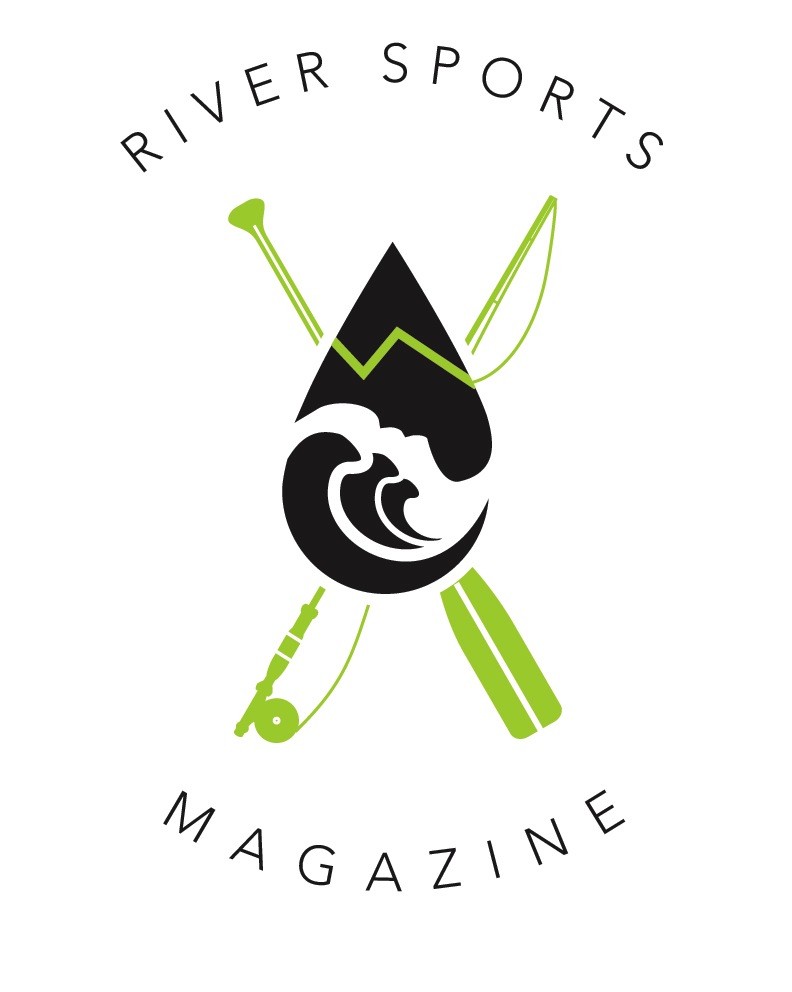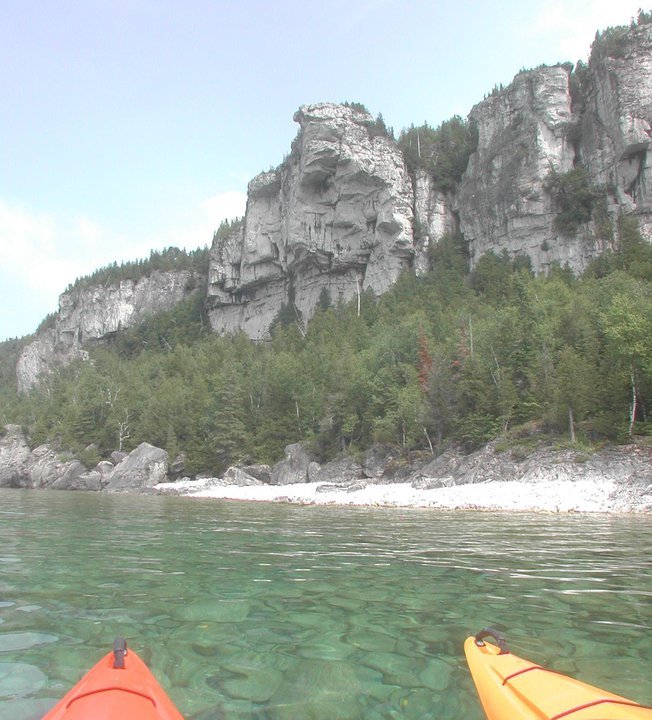With recreational paddling booming, it’s no surprise the water of Ontario’s Bruce Peninsula, the finger of land that along with Manitoulin Island, separates Lake Huron from Georgian Bay, is attracting kayakers from all over. There’s something about the deep, cold waters of the bay hemmed in by the eternally-brooding cliffs of the Niagara Escarpment that is irresistibly enticing.
That allure is often confounded, though, by the savage personality of the Georgian Bay waters. Sometimes it’s simply not safe to take a kayak, even a sea kayak, onto the open waters. It’s a dilemma for the paddler. It’s like having an itch that you can’t quite scratch. But, that’s where Lion’s Head, a village 30 minutes south of Bruce Peninsula National Park, enters the picture.
Remote Paddling, Tamer Conditions
About a three-hour drive from Toronto, Lion’s Head is surprisingly remote and isolated. The two largest municipalities in the general region are Owen Sound, with a population of about 21,000 people, and Collingwood, which is only a little smaller.
However, northwest winds prevail on the peninsula, which geographically resembles Dr. Jekyll and Mr. Hyde. The Lake Huron “west coast” is gentler and sandier, although it can still be treacherous. The awesome east shore, where Lion’s Head is located, has the Niagara Escarpment as its spine. Then, from there, the peninsula slopes steadily to the east, reducing itself in elevation and impressiveness.
In most winds, the enormous square block of the Lion’s Head promontory provides shelter to the south, while White Bluff provides a windbreak to the northwest. That helps to keep the waters around the small village much calmer than surrounding areas of Georgian Bay – although calmer is a relative term to be sure.
During a recent visit, I launched my recreational kayak from the municipal park and beach in Lion’s Head and headed toward the south shore of the village.
The village takes its name from the escarpment’s supposed resemblance to the head and forequarters of a reclining lion, although I’ve never been able to see it.
Let me admit upfront that I’m a recreational kayaker pure and simple. I don’t have a fancy craft, I don’t use a skirt, and my technique might politely be called awkward. None of that matters much to me, though. I just love being out on the water.
Under a steady wind from the northwest, the waters were choppy but still easily navigable.
Spectacular Scenery
In my opinion, Lion’s Head also features some of the most incredible sections of the ancient ridge, with 150-metre cliffs plunging straight into Georgian Bay along the promontory. The combination makes for some of the most spectacular paddling you will find in Ontario and the Bruce Peninsula.
Soon I was paddling almost in the shadow of the escarpment cliffs, which grew more magnificent as I went, dwarfing the boat as I drifted less than 100 feet from shore. I dare anyone not to feel very small in the presence of the ancient dolostone that loomed overhead.
As usual for Georgian Bay, the water clarity was indeed impressive. It was possible to look down into nearly 30 metres of water and still see the bottom of the bay.
The sights grew steadily more striking as I paddled the shoreline. A short distance ahead was a “sea stack” along the coastline. This formation was quite unlike the “flowerpots” found at other spots along the peninsula, such as Cape Chin and Flowerpot Island. The Lion’s Head stack is a real sea stack, a massive spike projecting into the air.
The cliff face along this section is particularly impressive and reached its highest points. Hiking is also readily at hand, with the venerable Bruce Trail running along the ridge.
But, I headed back to the village at this point, which was less than an hour away, feeling the grip of the current and wind, testifying to the unpredictable nature of Georgian Bay.
Would you or have you gone paddling on the Bruce Peninsula and in Georgian Bay? Let us know in the comments below!
Read Next:
Repose Along The Oswegatchie River
Covered Bridges & Salmon Pools: Life On A New Brunswick River
Story originally appeared in Snowshoe Magazine, June 2012


Leave a Comment